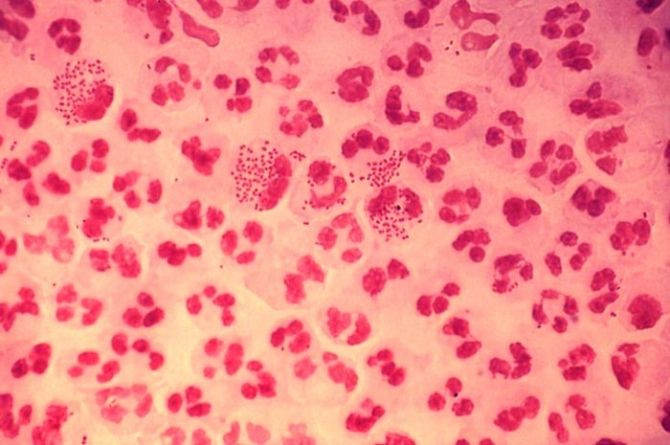New CDC Guidelines for Gonorrhea Treatment to Prevent Drug Resistance

The Centers for Disease Control and Prevention has announced new guidelines on treatment of gonorrhea and HIV. The agency recommended the use of a combination of drugs, ceftriaxone and either azithromycin orally as a single dose or doxycycline. The agency said it no longer recommends use of cefixime as a first-line of treatment for the disease.
According to the CDC, more than 300,000 cases of gonorrhea infection were reported in 2011. Treating the disease has now become complicated because the pathogen has developed resistance to earlier drugs.
Now, CDC recommends shots along with drugs as the first line of treatment.
"We are very concerned about the possibility of the potential for untreatable gonorrhea. Facing this threat of drug resistance, the CDC is taking the critical step to preserve the last remaining drug that we know to be effective. We're hoping that the actions taken now will prevent that from becoming a reality," said Dr. Robert Kirkcaldy, a medical epidemiologist with the CDC's Division of STD Prevention, HealthDay reports.
Experts say that using two drugs instead of one will confuse the organism and hopefully will slow its resistance.
Gonorrhea is caused by bacteria Neisseria gonorrhoeae. Some of the symptoms of an infection include burning or pain while urinating, discharge from the penis, tender or swollen testicles, vaginal discharge, increased urination or sore throat.
Treatment is possible with antibiotics but severe cases of infection can cause other complications like infertility, ectopic pregnancy and pelvic inflammatory disease.
"If left untreated, gonorrhea can result in severe reproductive health consequences including chronic pelvic pain, potentially life-threatening ectopic pregnancy and infertility. We also know that having this infection can increase risk of acquiring or transmitting HIV ," Kirkcaldy said to HealthDay.
CDC also recommended that all the sexual partners of an infected person from the preceding 60 days must be tested and treated for an infection.
The agency says that it expects the bacteria to grow resistant to ceftriaxone and that new treatment for the disease is urgently required.
The new guidelines are published in the CDC's Morbidity and Mortality Weekly Report.
Published by Medicaldaily.com



























